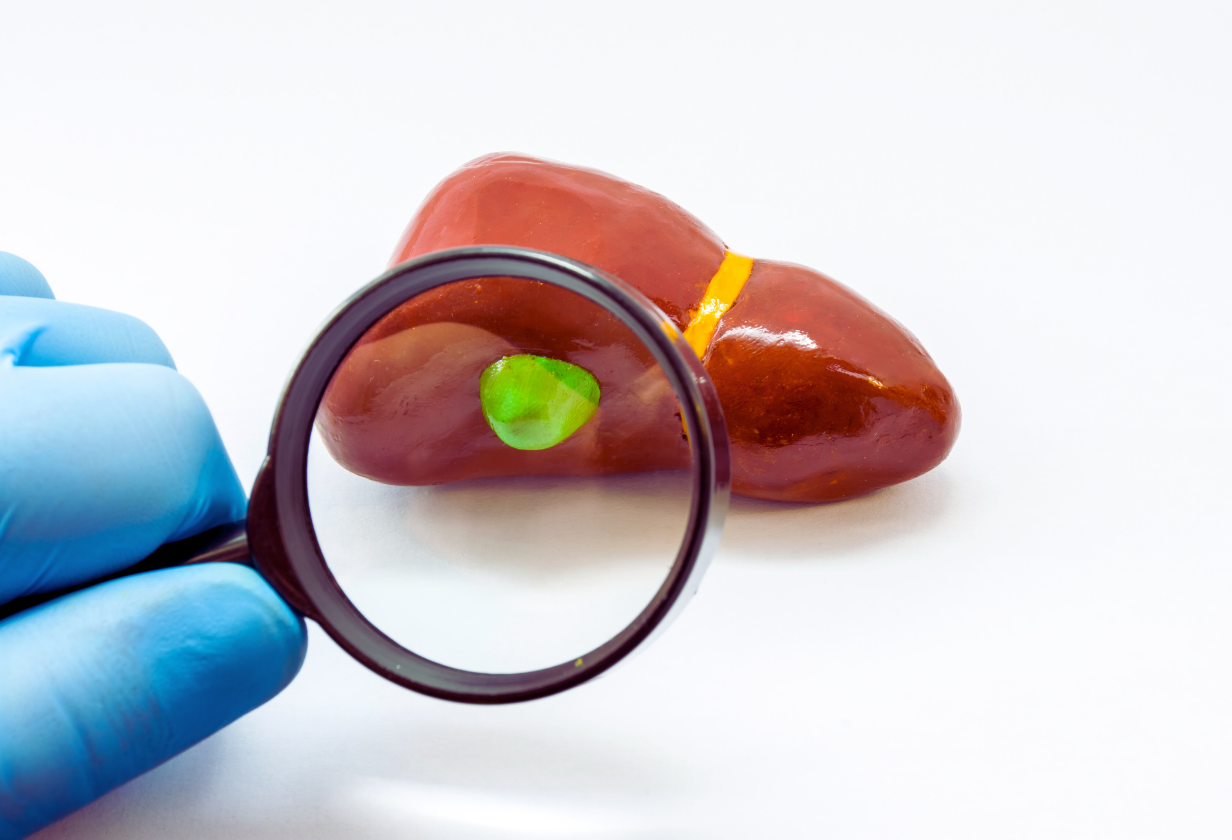Gallbladder stones, also known as gallstones, are a common digestive issue affecting millions of people worldwide. These small, hardened deposits form in the gallbladder—a small organ located under the liver that helps with fat digestion. While some people with gallstones may experience no symptoms at all, others can suffer from severe pain and complications if left untreated.
In this guide, we’ll explore what gallbladder stones are, why they form, how they are diagnosed, and the best treatment options available.
What Are Gallbladder Stones?
Gallstones are solid particles that develop from bile, a digestive fluid produced by the liver and stored in the gallbladder. These stones can vary in size from a grain of sand to a golf ball and may be composed of cholesterol, bile pigments, or a mix of both.
There are two main types of gallstones:
- Cholesterol Gallstones – the most common type, made mostly of hardened cholesterol
- Pigment Gallstones – smaller, darker stones made from excess bilirubin (a substance produced from red blood cell breakdown)
What Causes Gallbladder Stones?
A gallbladder stone form when:
- Bile contains too much cholesterol
- The gallbladder doesn’t empty completely or frequently
- There’s too much bilirubin in the bile
- Bile becomes too concentrated or unbalanced
Risk factors include:
- Being female (especially during pregnancy or hormone therapy)
- Being overweight or obese
- Rapid weight loss
- A family history of gallstones
- Diabetes or insulin resistance
- A diet high in fat and low in fiber
- Age over 40
Symptoms of Gallbladder Stones
Many people have “silent gallstones” with no symptoms. However, when a gallstone blocks a bile duct, it can trigger a painful condition called biliary colic.
Common symptoms include:
- Sudden, intense pain in the upper right abdomen or under the breastbone
- Nausea or vomiting
- Pain that radiates to the right shoulder or back
- Indigestion, bloating, or gas after meals—especially fatty foods
- Fever and jaundice (in severe cases with infection or blockage)
Gallstone attacks often occur after eating and may last anywhere from 30 minutes to a few hours.
How Are Gallbladder Stones Diagnosed?
To confirm the presence of gallstones, doctors may use:
- Ultrasound – the most common and non-invasive method
- CT Scan or MRI – to identify stones or complications
- HIDA Scan – to examine gallbladder function
- Blood Tests – to detect inflammation or liver issues
Early diagnosis is key to preventing complications such as gallbladder inflammation (cholecystitis), pancreatitis, or bile duct infections.
Treatment Options for Gallbladder Stones
1. Watchful Waiting
If gallstones are not causing symptoms, no immediate treatment may be necessary. Lifestyle changes and regular monitoring may be enough.
2. Medications
In some cases, medications like ursodeoxycholic acid may be prescribed to dissolve cholesterol stones, but this is a slow process and not suitable for everyone.
3. Gallbladder Removal Surgery (Cholecystectomy)
The most effective and permanent solution is surgical removal of the gallbladder. This can be done via:
- Laparoscopic cholecystectomy – minimally invasive, faster recovery
- Open cholecystectomy – used in more complex cases
The body can function normally without the gallbladder, although some people may experience mild digestive changes after surgery.
Lifestyle and Diet Tips to Prevent Gallstones
While not all gallstones can be prevented, certain habits can reduce your risk:
- Maintain a healthy weight
- Avoid crash diets or rapid weight loss
- Eat regular, balanced meals
- Choose healthy fats like olive oil over trans fats
- Increase fiber intake with fruits, vegetables, and whole grains
- Stay physically active
Final Thoughts
Gallbladder stones can be harmless or debilitating depending on their size, number, and location. While some people never know they have them, others may face repeated attacks of pain and discomfort. Understanding the symptoms and treatment options is essential for taking control of your digestive health.
If you suspect you may have gallstones, consult a doctor or gastroenterologist for proper evaluation. Early diagnosis and treatment can prevent serious complications and improve your overall quality of life.
